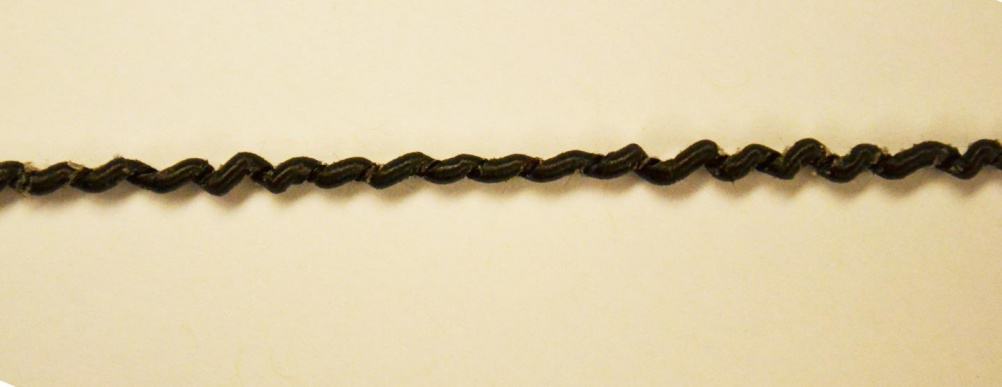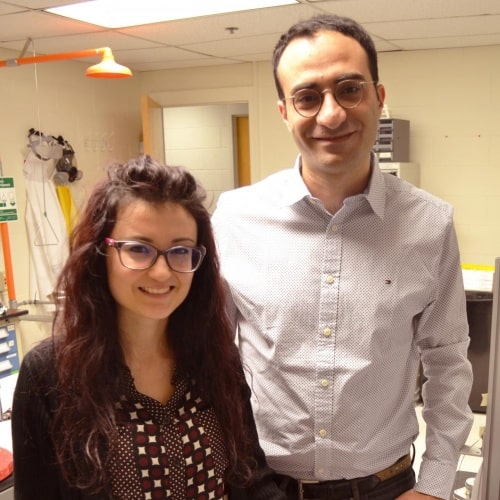
(Credit: University of Illinois Department of Mechanical Science and Engineering)
Published in the journal Smart Materials and Structures, the research found the structures could also support up to 60MPa of mechanical stress, provide tensile strokes higher than 25 per cent and specific work of up to 758J/kg. According to the Illinois team, this is 18 times more than the specific work natural muscles can produce.
"The range of applications of these low cost and lightweight artificial muscles is really wide and involves different fields such as robotics, prosthetics, orthotics, and human assistive devices," said Caterina Lamuta, a postdoctoral fellow that worked on the study.
"The mathematical model we proposed is a useful design tool to tailor the performance of coiled artificial muscles according to the different applications. Furthermore, the model provides a clear understanding of all the parameters that play an important role in the actuation mechanism, and this encourages future research works toward the development of new typologies of fibre-reinforced coiled muscles with enhanced properties."
The artificial muscles are made from coils of commercial carbon fibre and polydimethylsiloxane (PDMS). Bundles of carbon fibres are first dipped in uncured PDMS diluted with hexane and then twisted with a drill to create a yarn that has a homogeneous shape and constant radius. Once the PDMS cures, the straight composite yarn is coiled tightly to create the muscle, which can be activated using voltage, heat or absorption of a solvent.

"To use carbon fibres, we had to understand the mechanism of contraction of coiled muscles,” said Sameh Tawfick (pictured left with Lamuta), assistant professor of mechanical science and engineering at the university.
“Once we uncovered the theory, we learned how to transform carbon fibres into ultra-strong muscles. We simply filled carbon fibre tows with the suitable type of silicone rubber, and their performance was impressive, precisely what we had aimed for."




Plasma technique converts landfill methane to jet fuel
Trevor; there are still many landfill sites in the UK where the methane is not captured but not only that, where there is protein waste in them, they...